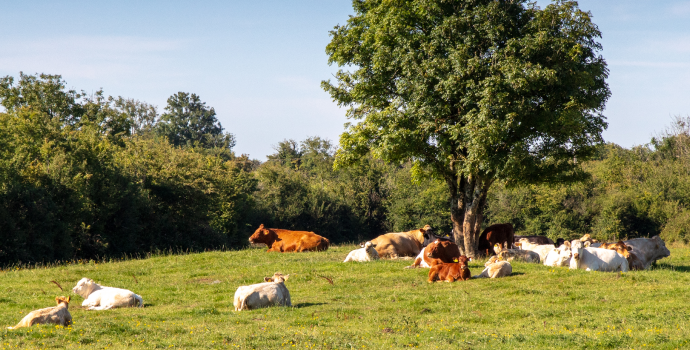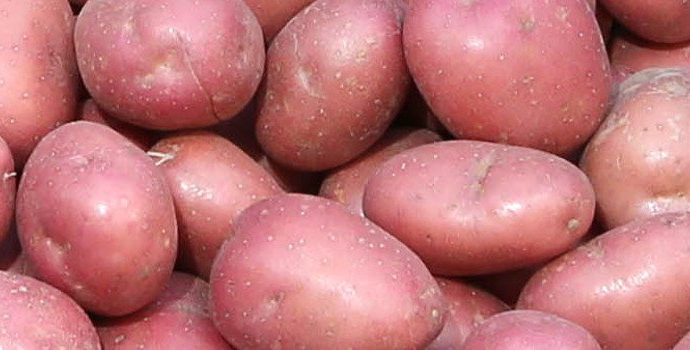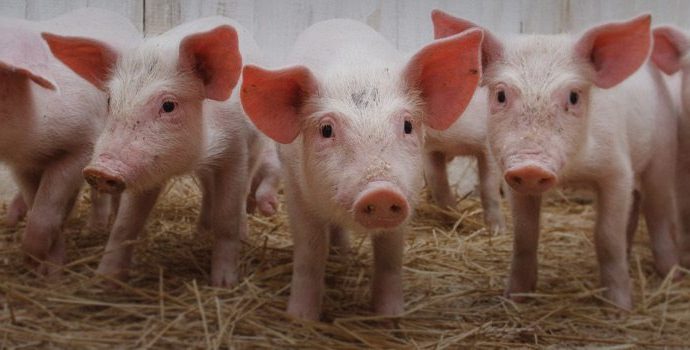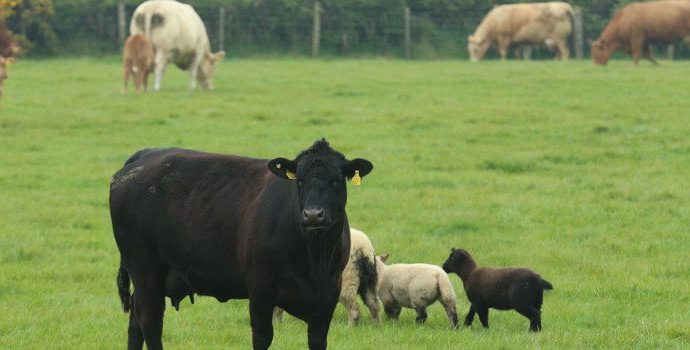Ten Reasons to Remain Ambitious for April and Peak Milk Prices
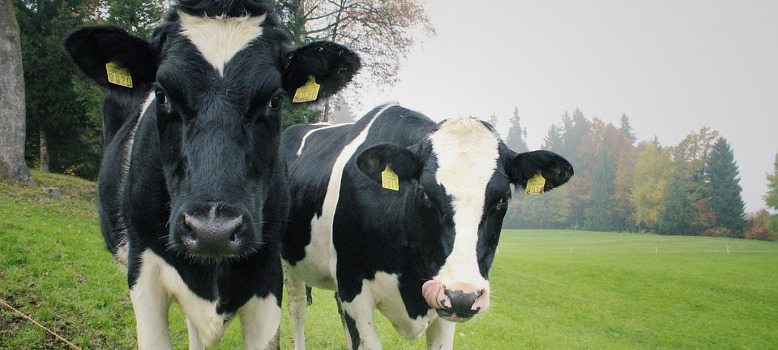
IFA National Dairy Chairman Sean O’Leary has said there are many good reasons for the optimism for 2017 milk prices, voiced by many industry leaders in recent months, to continue underpinning co-ops’ milk price decisions this month and next.
He said, many factors would likely influence global output, stocks and demand in a positive direction for milk prices and farmers.
“I can think of at least 10 very good reasons for co-ops to remain ambitious when setting the April milk price later this week, and the peak milk prices over the next two months,” Mr O’Leary said.
1
After a 3% fall in the 2016/17 New Zealand output, the new 2017/18 season to start next month is being questioned as a result of pasture-damaging April storms.
2
The Netherlands, the most dynamic EU country for milk expansion, is reducing production capacity this year to reduce phosphates and secure their nitrates derogation. In the largest supplying countries of the EU (France, Germany) supplies remain well below last year (5.8% and 5.5% respectively for the year to February), with milk prices still below production costs.
3
SMP is again being sold into intervention, but the quantities are modest (average of 920t/week in the four weeks to 23rd April), and falling (885t last week of April). This is a far cry from over 15,000t/week this time last year.
4
Fresh EU SMP supplies are well down: processing has fallen back on year-earlier levels since last June, and fell 9.1% for the Jan-Feb 2017 period compared to 2016. Shortages of fresh EU SMP would surely affect the fate of intervention stocks.
5
SMP spot prices, while just above intervention levels at around €1750/t, have increased by €20 to €40/t in the first week of May. EU average SMP prices increased €20/t to €1770/t in the last week of April.
6
Average EU butter prices breached €4000/t last October, rising even further in recent weeks, to a current EU average of €4340/t.
7
As well as butter, all the main commodities relevant to the Irish product mix have seen price uplifts in the last week of April, to a milk price equivalent return, after 5c/l processing costs, of 31.13c/l + VAT, or 32.8c/l including VAT.
8 – Four consecutive strongly positive GDT auction results with price increases for butterfat, WMP, cheese and casein suggest that international buyers are prepared to pay stronger product prices in the second half of the year. May 2nd GDT prices for SMP/butter would return a farm gate price of 31.14c/l + VAT or 32.82c/l including VAT.
9
Chinese and SE Asian dairy demand is vibrant. Rabobank reports insufficient domestic production in China with expectations that dairy imports will rise 20% this year. China prioritises EU origin imports for value-added dairy, especially infant formula, mostly from the Netherlands and Ireland. Those rose 19% in the first quarter of 2017. Vietnam, a populous country (90m inhabitants) 70% reliant on imports for its dairy supplies, is seeing dairy demand increases of 7% per annum. Meanwhile, imports of EU cheese into Japan have increased 44% in Jan-Feb 2017, while South Korea’s have risen by 39%.
10
In South America, supplies fell 12.5% in Argentina (2016); by 1.8% in Uruguay (Jan-Feb 2017); 3.68% in Brazil (2016) with only Chile showing a small positive (+0.7% Jan-Feb). Those countries are now significant importers of dairy, just like Mexico, with domestic supplies well below demand.
Mr O’Leary concluded: “Volatility is at play, but in the medium term, the factors above could actually promote improvements in powder prices, in particular. I urge co-ops to bear those in mind in making the milk price decisions which will determine the most important milk cheques of 2017”.

